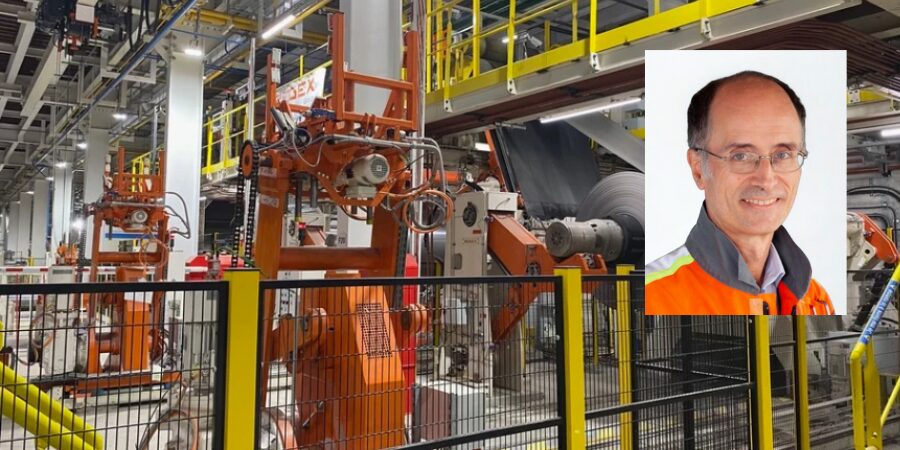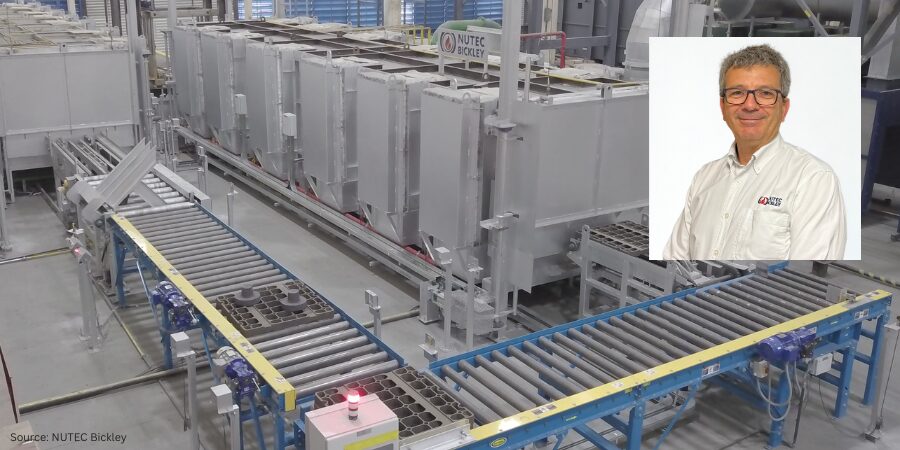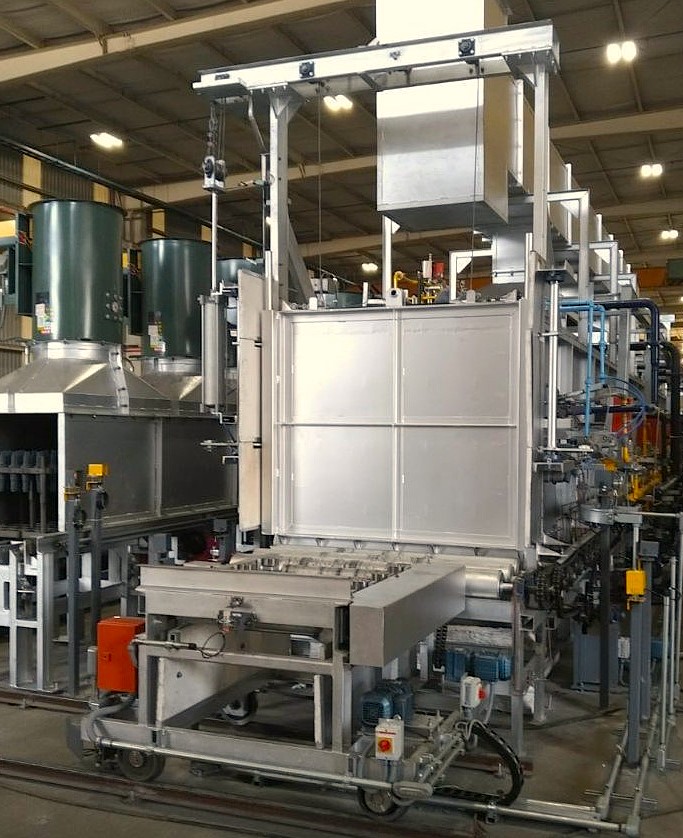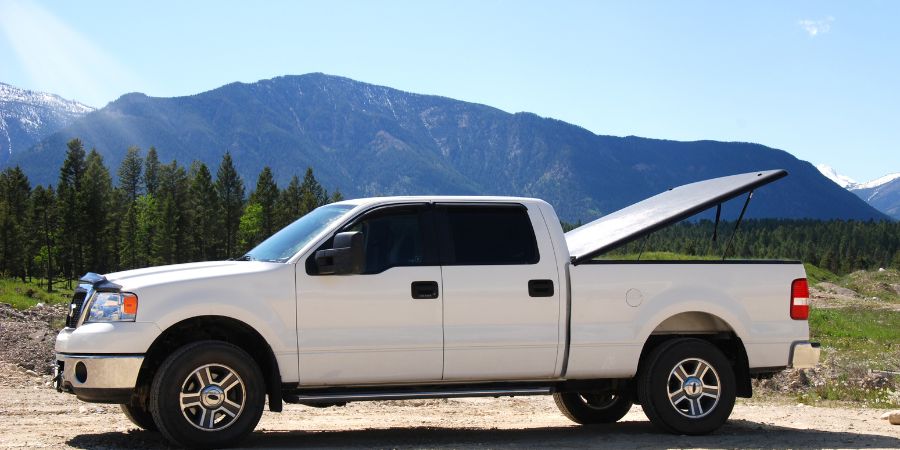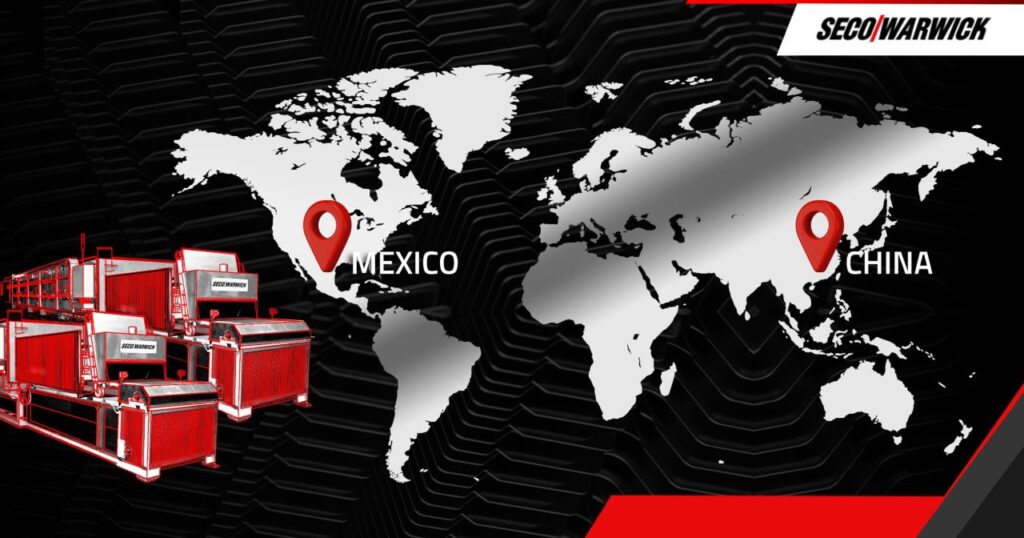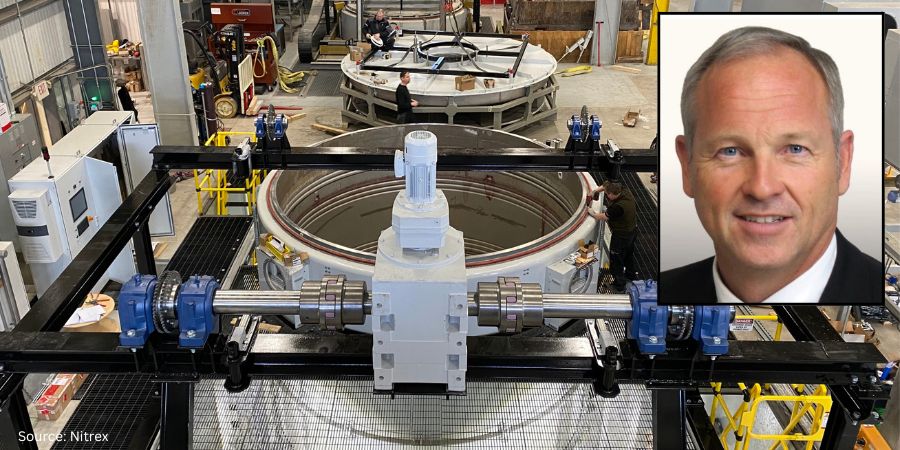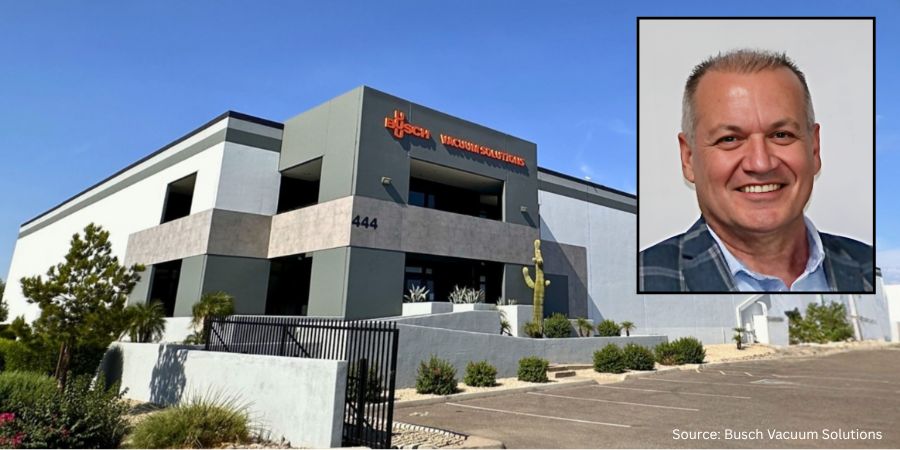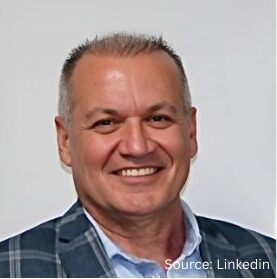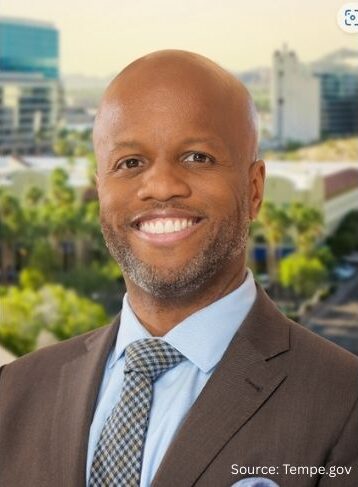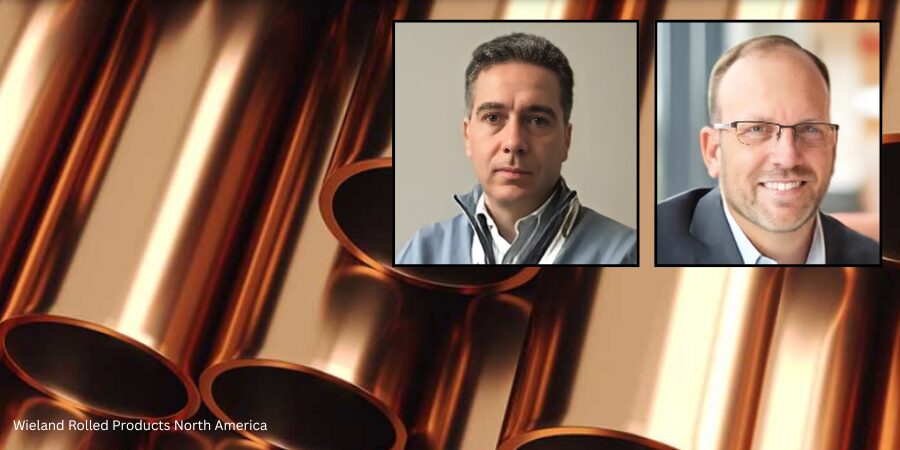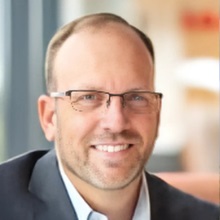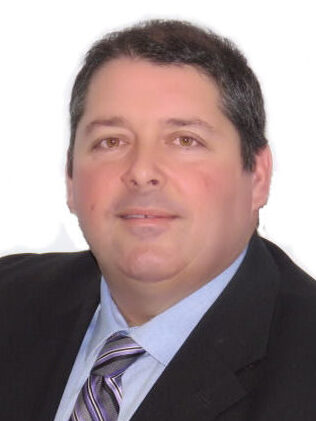ArcelorMittal to Boost Electrical Steel Output
ArcelorMittal is advancing a major expansion in electrical steel production that includes a preparation line, a continuous annealing and varnishing line, and a slitting line — developments that reflect ongoing job growth and investment in industrial heat treating processes worldwide. The project has already mobilized more than 300 external contractors, with 175 employees now dedicated to the new lines and staffing expected to reach approximately 200 as the next phase of work progresses. Phase 2, currently underway, includes construction of an annealing-pickling line and a reversible rolling mill, with all five planned production lines scheduled to be operational by 2027.

Source: ArcelorMittal France

Managing Director
ArcelorMittal France
ArcelorMittal France announced that the first three lines of its new electrical steel production unit at the Mardyck industrial site will enter into operation by the end of 2025. The project, representing a €500 million investment and described as the largest undertaken by the Group in Europe over the past decade, marks a significant expansion in the production of electrical steels, complementing the company’s existing output at Saint-Chély-d’Apcher and bringing the company’s total European output to approximately 295,000 metric tons annually.
Bruno Ribo, managing director of ArcelorMittal France, emphasized the significance of the development for both the site’s workforce and the broader market. “Creating new production lines is an exceptional experience in the life of an industrial site. It is just as exceptional for our employees who have been involved in the development of the lines, from the project phase to the operational phase. I, like them, will be very moved to see the first of the 155,000 tons of electrical steel that we will eventually deliver annually roll off the lines,” he said.

Source: ArcelorMittal France
The electrical steels produced at Mardyck — ultra-thin rolled steels engineered for specific magnetic and mechanical properties — are used in all types of electric motors. ArcelorMittal notes that the new unit will support the electrification of applications in both industrial and automotive sectors. As global demand grows for these specialty steels, capacity developments of this scale create benchmarks for manufacturers across regions, including North America, as companies assess long-term sourcing strategies and material availability for high-efficiency motor components and transformer systems.
The project is supported in part by a €25 million contribution from the French State under the France 2030 program.
Press release is available in its original form here.

ArcelorMittal to Boost Electrical Steel Output Read More »




